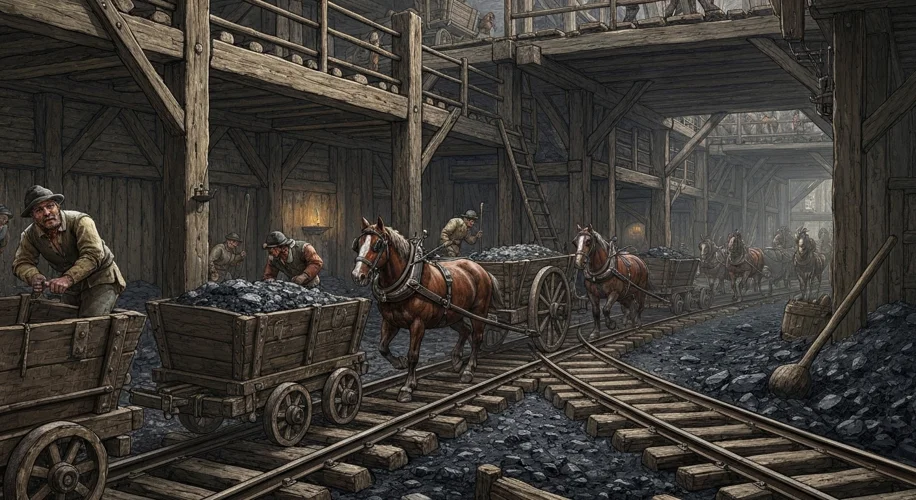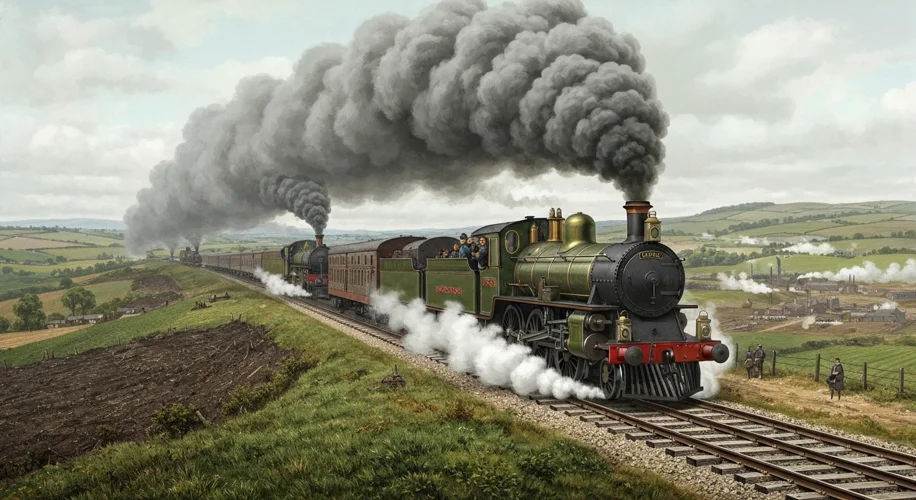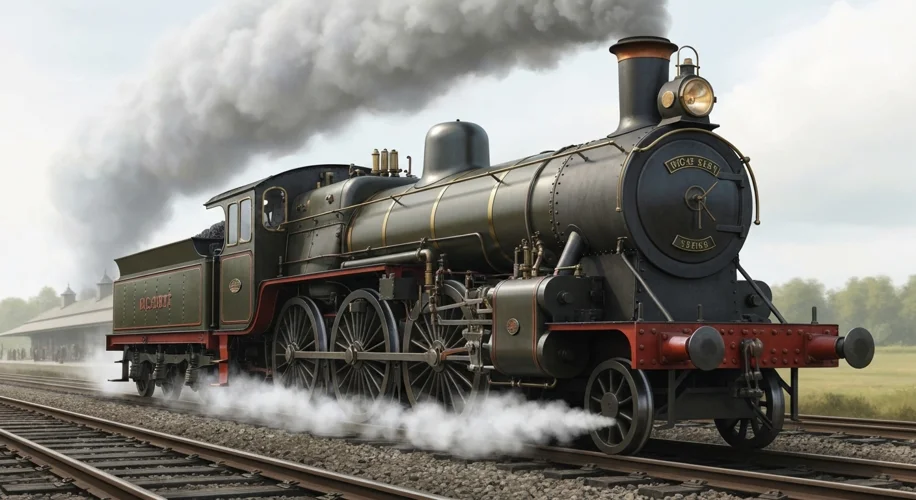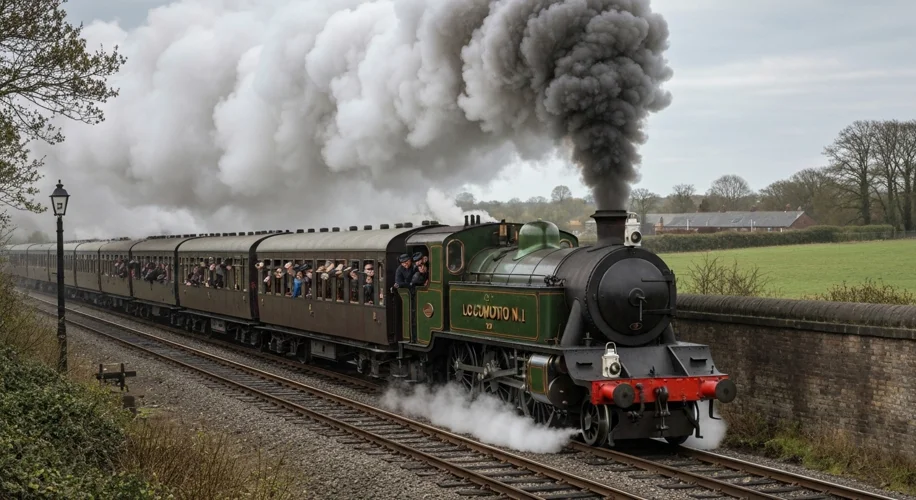Imagine a world where the fastest way to travel across a continent was by horse-drawn carriage, a journey that could take weeks or even months. For most of human history, this was the reality. The distances were vast, the roads often poor, and the pace of life dictated by the rhythm of animal power. But a seismic shift was coming, one that would shrink the world, ignite industrial revolutions, and forever alter the fabric of society: the dawn of the modern railway system.
Our story begins not with a roaring engine, but with a persistent problem: moving heavy loads. In the burgeoning coal mines of 17th and 18th century England, getting the extracted coal from the pit face to the market was a constant bottleneck. Horse-drawn carts were slow and inefficient, especially on muddy, uneven terrain. The solution, born out of necessity and ingenuity, was the development of wooden or cast-iron tramways. These were essentially primitive tracks laid down to guide wheeled carts, reducing friction and making the movement of heavy materials significantly easier. The first true pioneers were the mine owners, like those at the Dawn’s Hope colliery in Newcastle, who experimented with wooden rails to ease the burden of their workers.

The real revolution, however, was waiting for the arrival of steam. The early 18th century saw brilliant minds like Thomas Newcomen and James Watt perfecting the steam engine, a device initially designed to pump water out of mines. These engines were massive, stationary behemoths, but their potential was palpable. The challenge was to harness this raw power and put it into motion. Enter Richard Trevithick, a Cornish engineer whose name is often whispered with reverence in the annals of railway history. In 1804, Trevithick unveiled his “Puffing Devil,” a steam-powered locomotive that actually pulled several carriages and twenty men a distance of nine miles. It was a momentous achievement, a roaring, hissing beast that defied the limitations of animal power. However, Trevithick’s engine was heavy and struggled on the fragile tracks of the time.
The true breakthrough, the moment that truly set the wheels in motion for the modern railway, arrived in 1814 with George Stephenson. A self-taught engineer who rose from humble beginnings as a colliery mechanic, Stephenson built his “Blücher,” a steam locomotive that proved more practical and efficient. He understood that the locomotive and the track were intrinsically linked. He advocated for stronger, smoother rails made of wrought iron, laid on a more stable foundation. Stephenson’s vision wasn’t just about individual engines; he saw the potential for a comprehensive system of railways connecting towns and cities.

The Stockton and Darlington Railway, opened in 1825, was the world’s first public steam railway. While it initially carried mostly coal, it also famously transported passengers, albeit on a specially designed coach called “Experiment.” This was more than just a feat of engineering; it was a public spectacle that captured the imagination of a nation. The true test, however, came with the Liverpool and Manchester Railway, completed in 1830. This was designed from the outset for steam power and passenger traffic. The dramatic “Rainhill Trials” held prior to its opening were a contest to find the best locomotive. Stephenson’s “Rocket” emerged victorious, a sleek, powerful machine that became the blueprint for future locomotives. Its success cemented the viability and future of steam-powered railways.

The impact was nothing short of transformative. Suddenly, distances that once seemed insurmountable could be covered in hours. Goods could be transported faster and cheaper, fueling industrial growth. Cities expanded as people could commute from further afield. National markets emerged, unifying economies. The railway became a symbol of progress, a powerful engine of the Industrial Revolution that reshaped economies, societies, and even the landscapes through which its iron arteries snaked.
From the humble wooden tramways of ancient mines to the thunderous might of Stephenson’s “Rocket,” the birth of the modern railway system was a testament to human innovation, perseverance, and a relentless drive to overcome limitations. It was a journey from the slow, arduous past to a faster, more connected future, forever altering the way we move, trade, and live.

